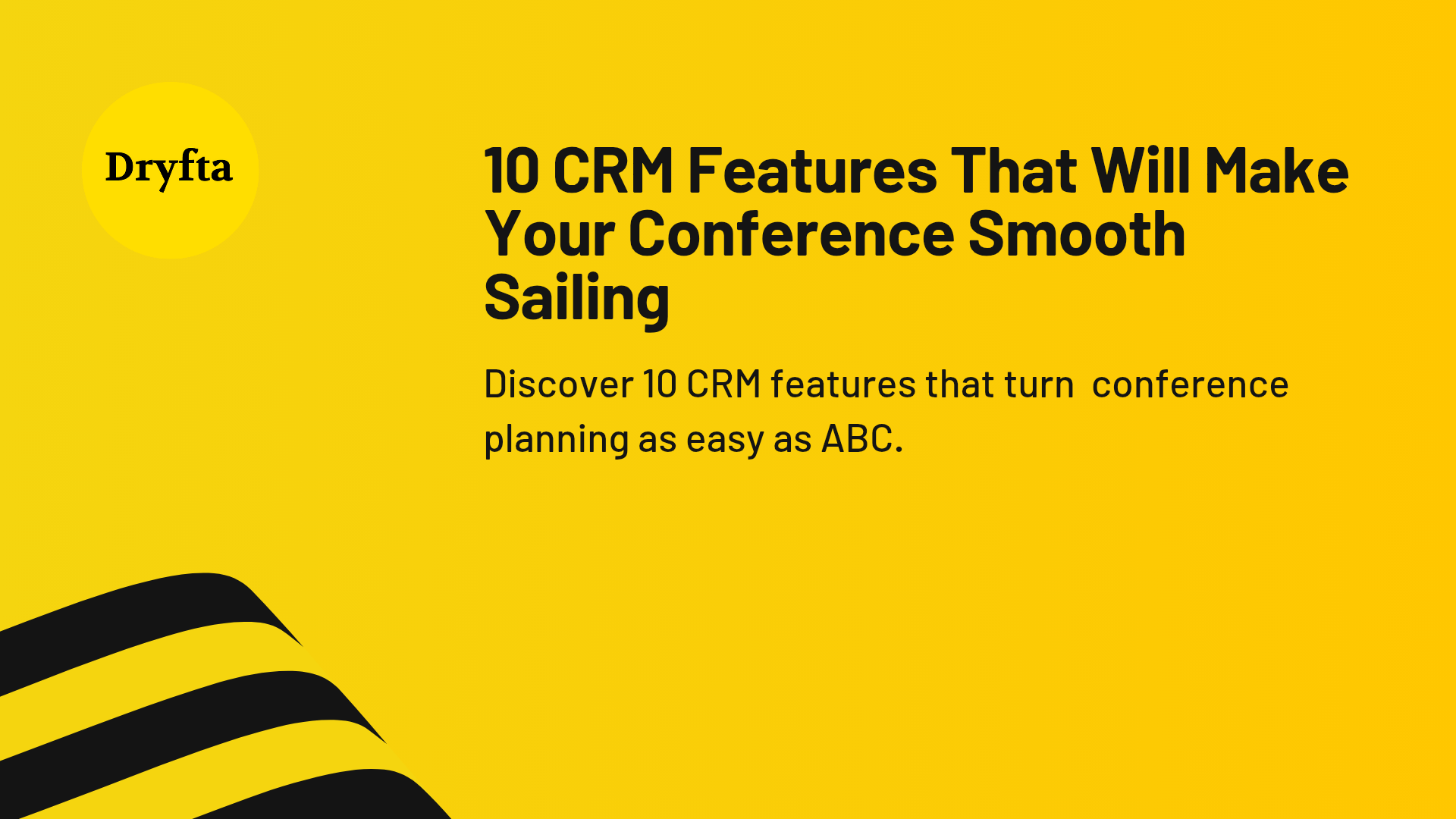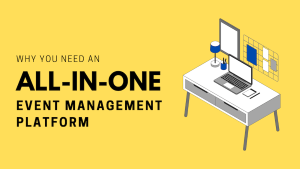
Of all the things that conference organizers wish they had discovered sooner, integrated CRM systems top the list. That being said, this is precisely what successful event professionals have been quietly putting to work behind the scenes. Manual spreadsheet trackers are finally being retired for good, so let’s take a look at what these powerful features tell us about managing what are often regarded as the most logistically demanding events in academia.
The Platform Features Have Taken Conference Management by Storm
Modern CRM systems come with advanced features that event organisers are raving about since their widespread adoption. These features have been put to work by successful events with overwhelmingly positive results and countless hours saved.
Event professionals are lauding these tools for giving organizers an incredibly rare level of control over what was previously an impossibly fragmented workflow. Here’s a quick look at 10 features that are changing the game entirely:
1. Centralized Attendee Database
Every registration, session attendance and networking connection gets recorded in one location. Organizers can pull up any attendee’s history instantly. Past conference participation, session preferences and engagement patterns appear in seconds rather than requiring manual searches through years of archived data.
2. Automated Communication Workflows
Confirmation emails, reminder messages, and follow-up surveys send themselves based on attendee actions without anyone lifting a finger. Someone who registers receives instant confirmation without staff writing individual emails at 2 AM. This happens without anyone clicking send, which is perhaps the most striking aspect of modern CRM automation.
3. Behavioral Tracking Across Touchpoints
The system monitors which sessions people attend, which resources they download and who they connect with during networking events. Organizers learn what content actually resonates instead of guessing based on pre-registration surveys that people often complete hastily. Someone might register for technical sessions but actually attend networking events and panel discussions. The system captures this disconnect between intention and behavior.
4. Targeted Messaging As Opposed To Generic Bombardment
Not everyone needs the same information at the same time, which is why blast emails feel so impersonal and often get ignored. Generic blast emails to everyone become unnecessary and counterproductive. Messages arrive when people need them with content that matters to their specific situation, rather than one-size-fits-all updates that bore most recipients.
5. Payment and Invoice Integration
Financial transactions connect directly to attendee records without manual data entry or spreadsheet updates. No more matching bank transfers to registration lists at midnight before the conference starts, when you suddenly realize payment tracking is a mess. Invoices are generated automatically with proper formatting for institutional reimbursement requirements that vary across different countries and organizations. When someone pays, their registration status updates instantly across all systems.
6. Tracking Attendees and Creating Retention
The platform remembers who attended previous conferences going back multiple years, what sessions they preferred during each event and how engaged they were overall. This longitudinal view helps organizers make smarter decisions about programming and outreach strategies based on demonstrated behavior patterns rather than demographic guesses. The system shows these patterns clearly through simple visualizations and reports.
7. Looking After Your Relationship With Sponsors
Separate workflows handle sponsor communications, booth assignments, lead delivery and satisfaction tracking because these business relationships require different handling than individual attendee interactions. Each sponsor package level comes with specific deliverables and timelines that the system tracks automatically. Sponsors who haven’t received promised benefits get flagged for follow-up before they notice the oversight themselves.
8. Dashboards That Report in Real-Time
Registration trends, session popularity, engagement metrics and revenue breakdowns appear on demand without waiting days for someone to compile reports manually. Staff don’t spend valuable time extracting data from multiple sources to answer basic stakeholder questions during planning meetings. The dashboard updates continuously as new data flows in from registrations, payments and on-site check-ins.
9. Mobile App Synchronization
Attendee profile updates, session check-ins and networking connections made through mobile apps flow back into the central database immediately rather than requiring manual syncing or batch uploads. For instance, someone can update their dietary restrictions through the app minutes before a meal. Catering staff then see the change in their system immediately and can accommodate the request.
10. Post-Event Engagement Tracking
The relationship doesn’t end when the conference concludes, which is perhaps the biggest shift in thinking that CRM systems enable. The system tracks survey responses, content downloads, community participation and early registration for next year’s event automatically.
Continuity between annual conferences strengthens as organizers maintain year-round contact with their community through targeted communications. People who download presentation slides about specific research topics get related content recommendations throughout the year.
The Organizers Could Potentially Revolutionize Their Conferences
CRM features for academic conferences are readily available now, with functionality designed specifically for research events and scholarly gatherings rather than generic business applications. The only systems that deliver these capabilities properly are those built for conference management by people who understand how academic events actually work. Generic business CRM platforms retrofitted for events don’t handle the unique workflows that research conferences require.
This Could Be Your Conference’s Turning Point
If conference organizers’ experiences with modern CRM systems are indeed true, then implementing these features may perhaps be the most impactful operational decision event teams make this decade. Bonus points for platforms that integrate CRM with registration, abstract management and attendee engagement tools rather than requiring multiple disconnected systems that create more problems than solving them.
Dryfta provides academic conferences with integrated CRM functionality alongside registration, abstract management and attendee engagement features within a single platform. Our system handles attendee tracking, automated communications, sponsor management and financial reporting without requiring you to become a database expert or hire additional technical staff.
Contact our team today to see how integrated conference management can transform your next event from a logistical nightmare into a smoothly running operation that both attendees and staff actually enjoy.




